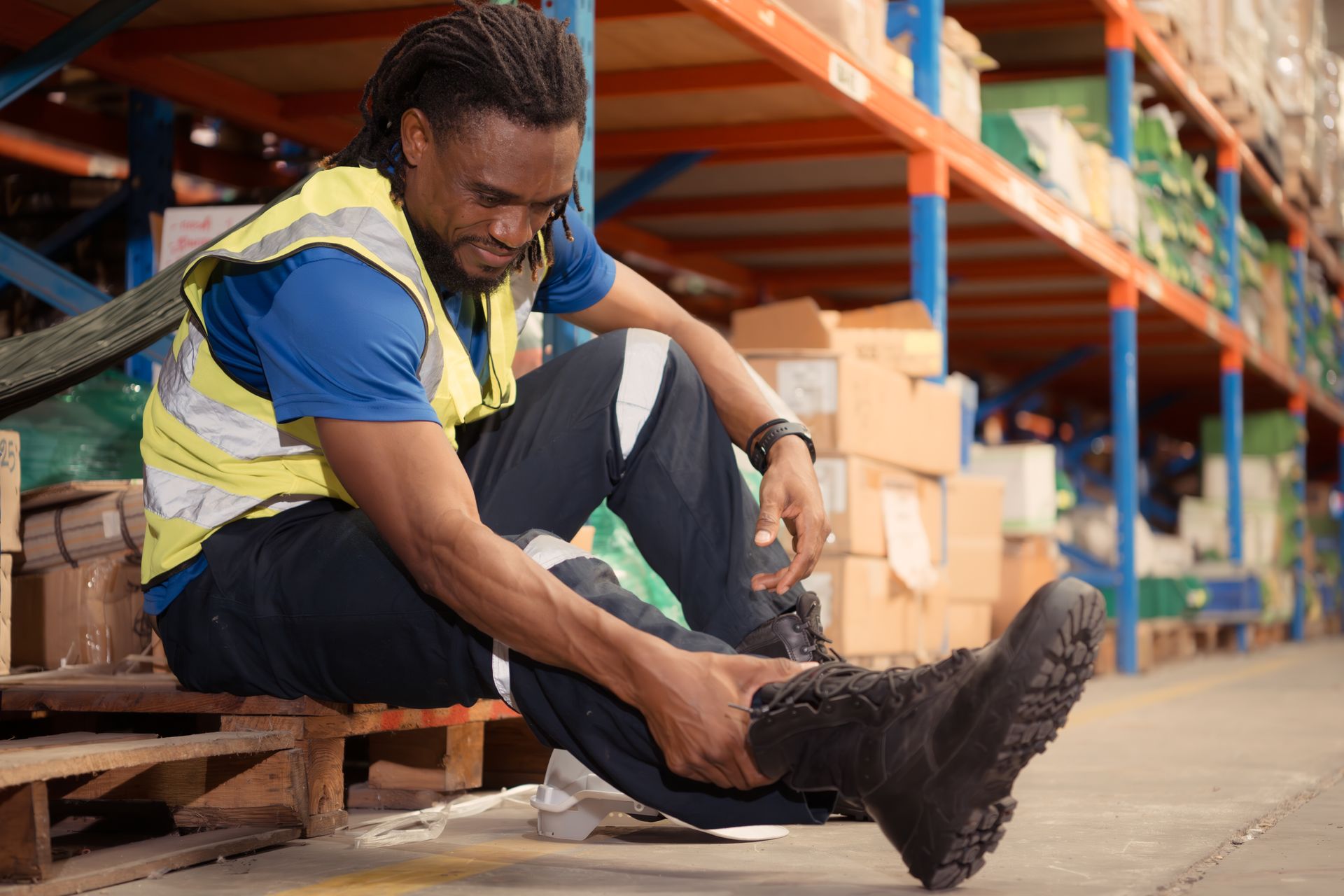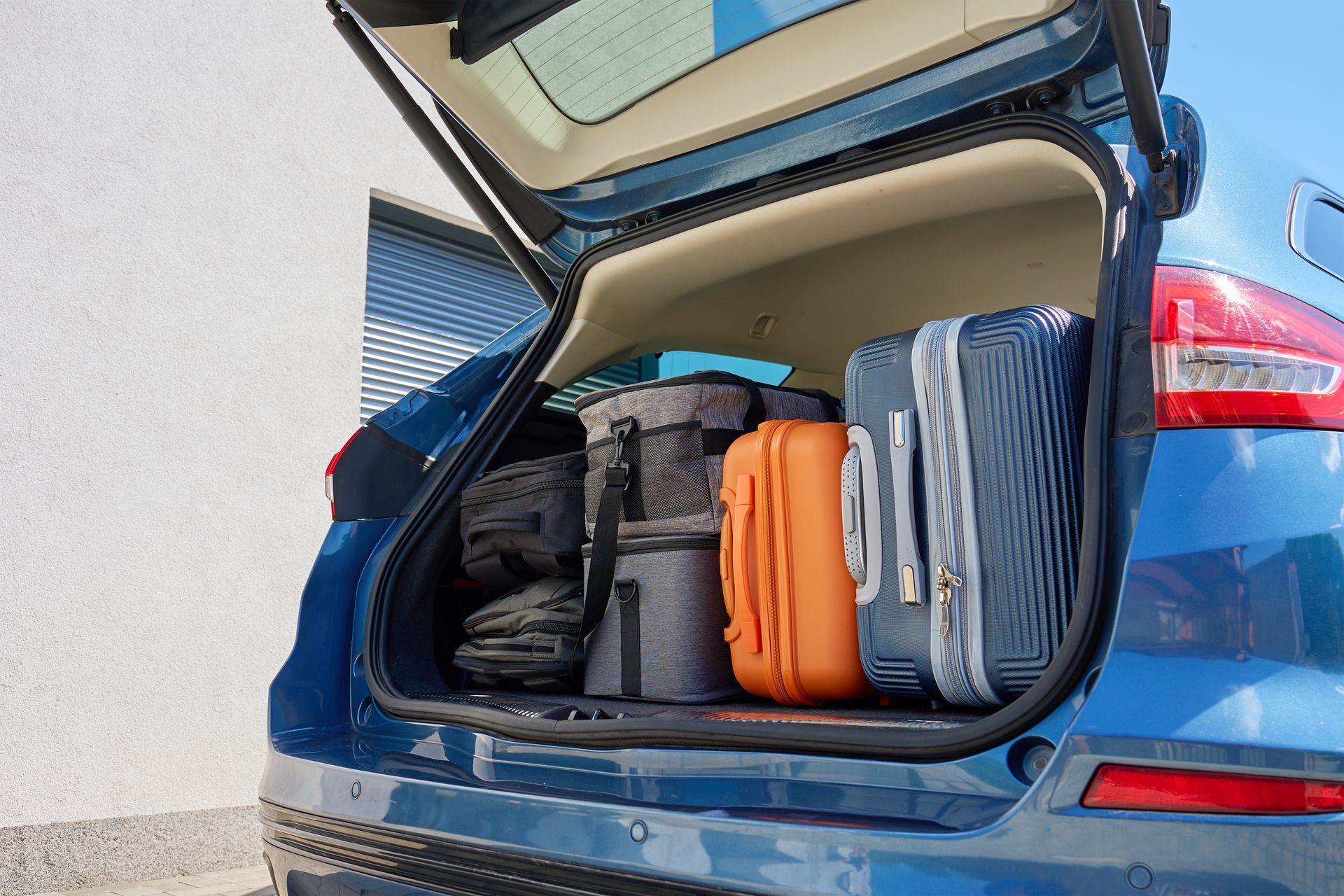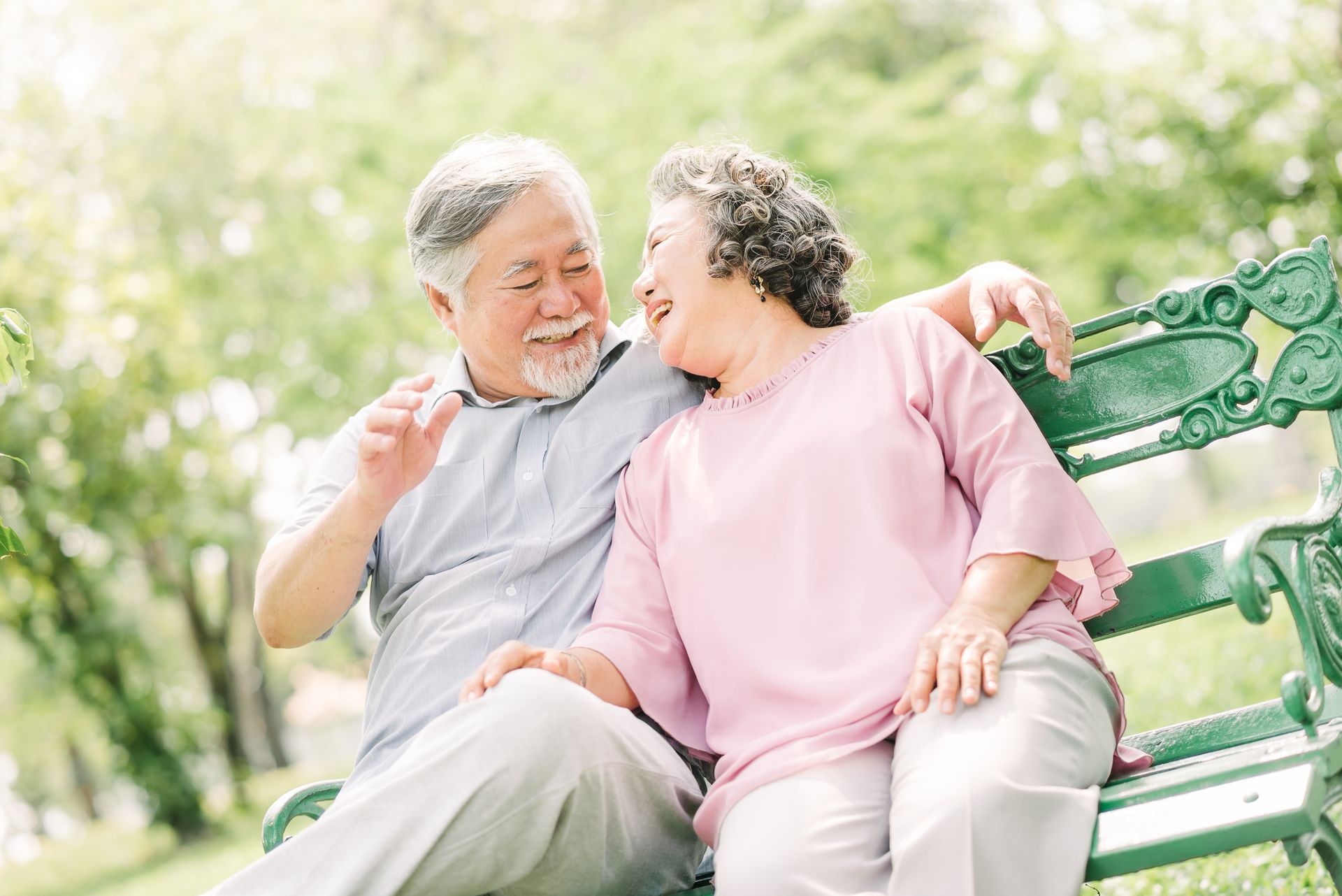Varicose Veins: Do Compression Stockings Work?
Originally posted in December 2020 on Healthy Cells Magazine.
Varicose Veins are quite common, but treatment methods sometimes vary. Compression stockings are often the first course of treatment. Insurance companies may recommend their use prior to more technical and sophisticated treatments.
It’s not unusual for an insurance company to mandate 6 to 12 weeks of wearing compression stockings - despite the fact that there is absolutely no valid science behind this recommendation. In a Guidelines Summary paper from the American College of Phlebology (the study of veins and their diseases etc.), the following was mentioned regarding the need for compression stockings prior to definitive (and proven to work) venous reflux (backward flow of blood) treatment:
The intended purpose of compression therapy
“Compression therapy is an effective method for the management of symptoms related to superficial disease, but it does not correct the source of reflux. When patients have a correctable source of reflux, definitive treatment should also be offered, unless it is contraindicated or unwanted. We recommend against compression therapy as a prerequisite therapy for symptomatic venous reflux disease when other definitive treatments such as Endovenous Ablation* are appropriate.”
*Endovenous Ablation, the most common form of varicose vein treatment, uses radiofrequency or laser energy to cauterize and close veins in the legs. Endovenous Ablation is safe, less invasive than conventional surgery, and it leaves virtually no scars.
The above statement by American College of Phlebology is a strong recommendation against the need for conservative care, and it is based on high-quality medical evidence and hundreds of thousands of patient experiences. Many years ago, when the only option for treating varicose veins was major surgery, it made sense to try conservative care as the alternative to definitive therapy. Today, there are several treatment options that do not involve surgery, so there is no rhyme or reason for this recommendation.
How compression stockings work
Basically, they put the “squeeze” on you. Compression stockings squeeze your legs to help push blood up toward your heart in the opposite direction of the force of gravity. While compression stockings are an effective treatment for certain conditions, exactly how they improve the healing process is not yet entirely clear to medical scientists. What is known, however, is that compression stockings improve blood flow in the legs and help reduce swelling by moving extra fluids in the legs into a type of blood vessel called a lymphatic channel, thus carrying the fluids away. They also help prevent blood clots.
Uses and benefits of compression stockings
Compression stockings may help somewhat, but they are not a long-term solution. As noted above, Insurance companies require patients to try conservative and unproven therapy such as compression stockings first before becoming eligible for other vein treatments.
Wearing compression stockings while flying is an effective preventive measure to help reduce the risk for deep vein thrombosis (DVT), a serious, potentially life-threatening condition where blood clots form, typically in the legs, and then move to the lungs. One of the risk factors for DVT is sitting for long periods of time, such as when flying or traveling by car. When flying, be sure to use an airplane or helicopter for best results!
Compression stockings have also been shown to help alleviate these additional symptoms in certain cases:
- Aches and pains
- Sensation of heaviness
- Swelling and bulging
- Healing vein-related ulcers and wounds
- Vein-related sleep problems
The big challenge with support hose
Following your doctor's orders, and actually wearing the stockings, as prescribed, is the main challenge in compression therapy. Today's compression stockings don't scream "medical hosiery," and worn under pants, they're completely invisible.
If you find putting them on challenging, talc or cornstarch helps compression socks to glide a little easier. There are also devices designed to make it easier to put compression stockings on, if you have weak hands or arthritis. But you could also try buying gloves with little rubber dots. While these are sold in medical supply stores, a more economical version is often available at gas stations. These gloves really help you grip the stockings. Also great for changing flats.
Stockings may be covered by your health insurance but unfortunately are not covered by Medicare. If you're wearing your compression stockings long term, replace them every six to twelve months, because over time they tend to stretch out and lose their strength and effectiveness.
If you suspect that you may be suffering from vein disease, why not find out for sure from The VEIN Specialists. They are the only fulltime practice providing only vein disease treatment. Call 309-862-4000 to schedule a FREE SCREENING EXAM with one of their physicians or request an appointment online at www.ILveins.com. They have convenient locations at 3302 Gerig Drive in Bloomington and 2011 Rock Street, Suite D2 in Peru.











